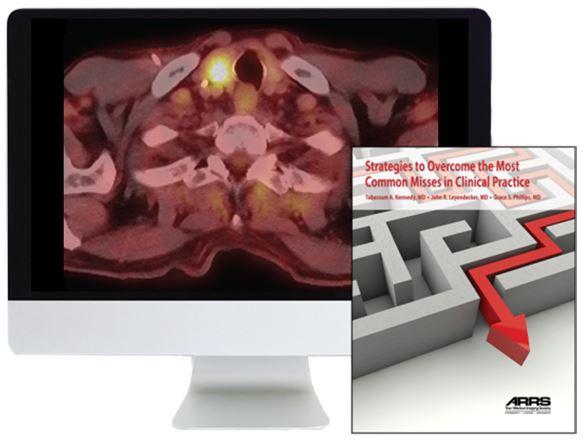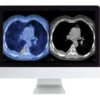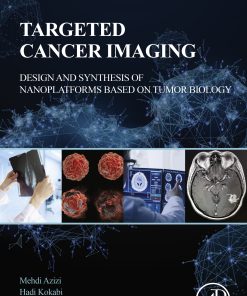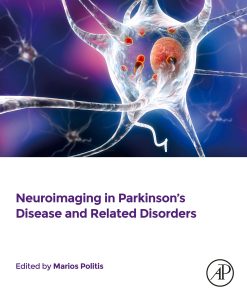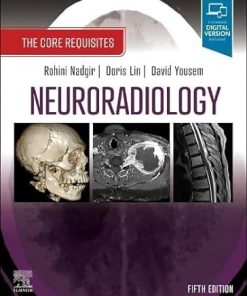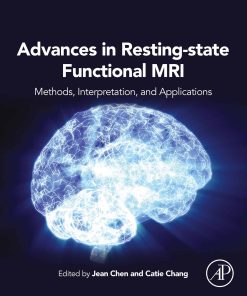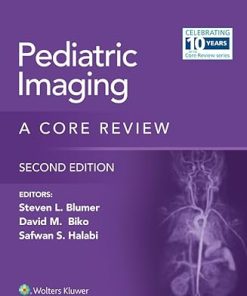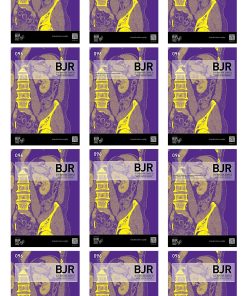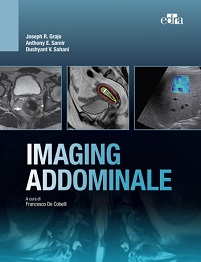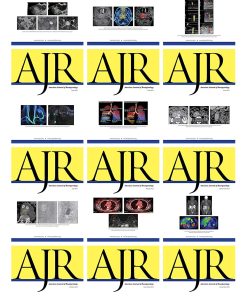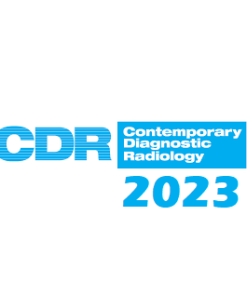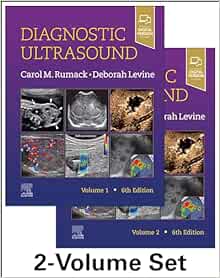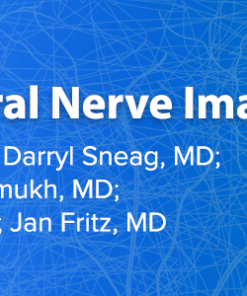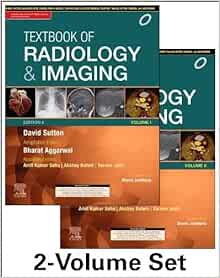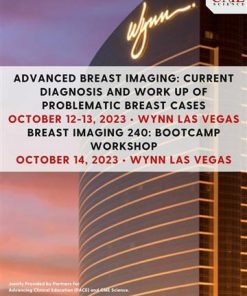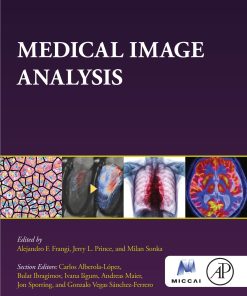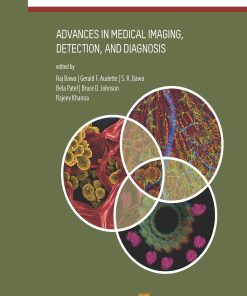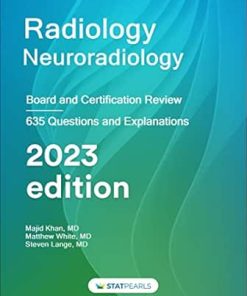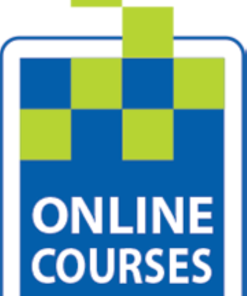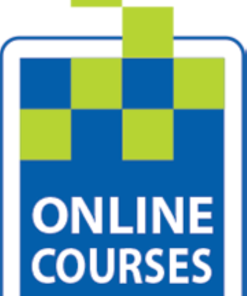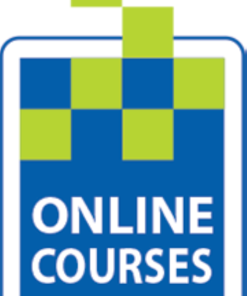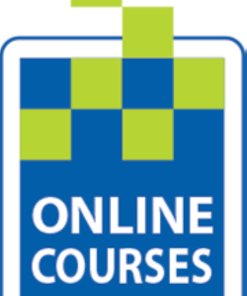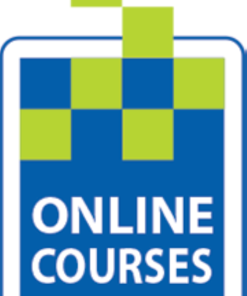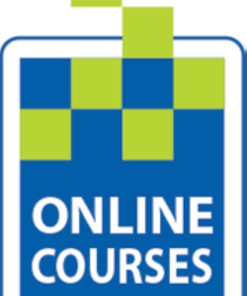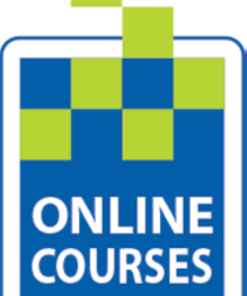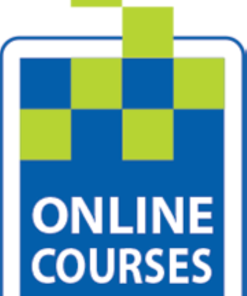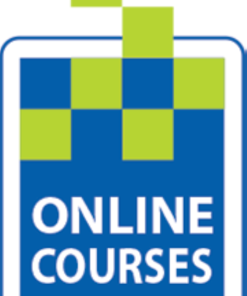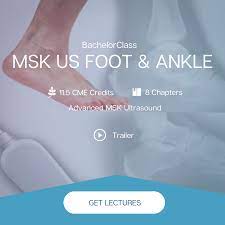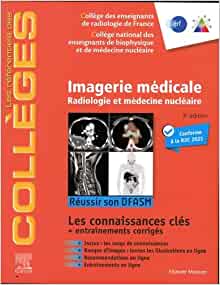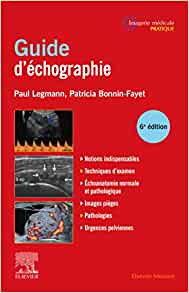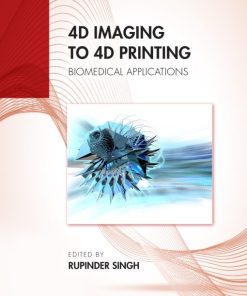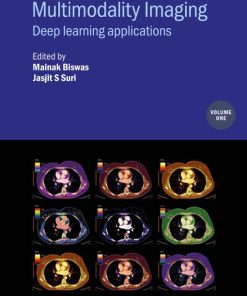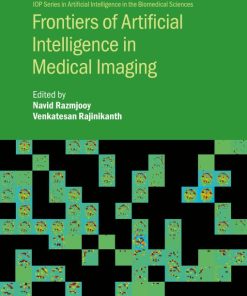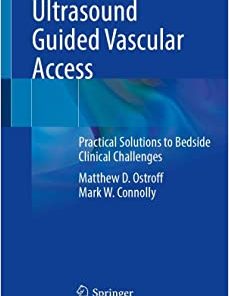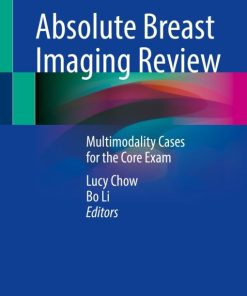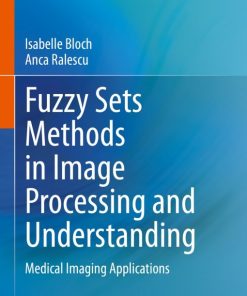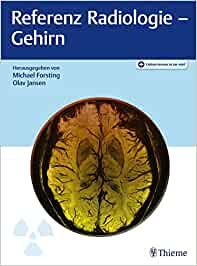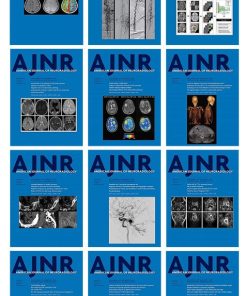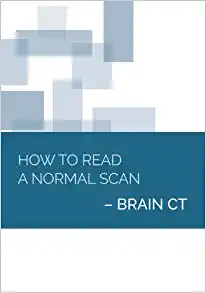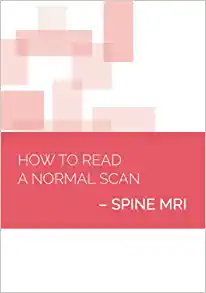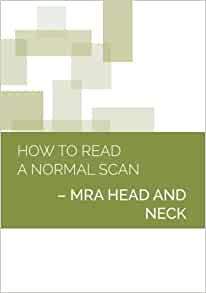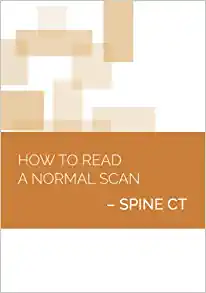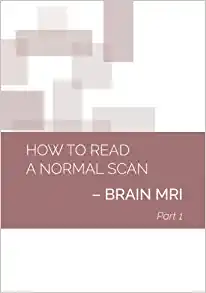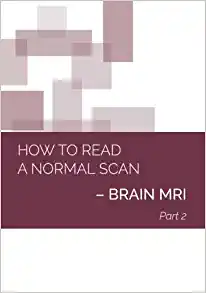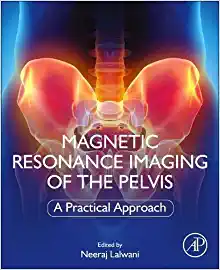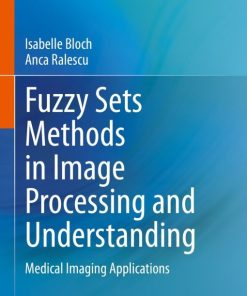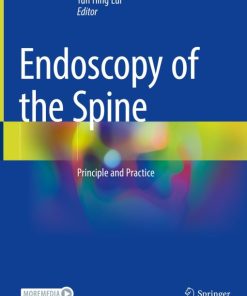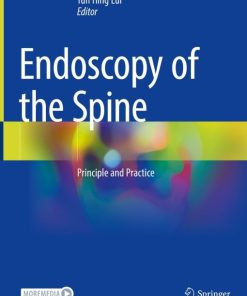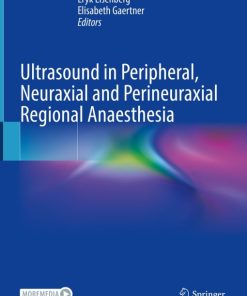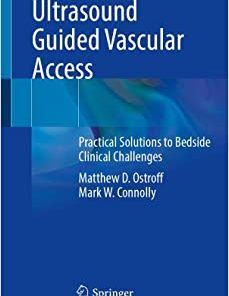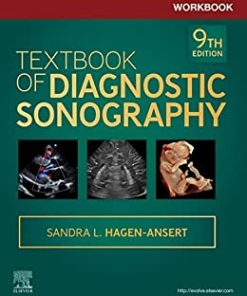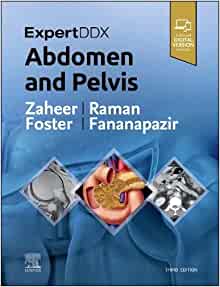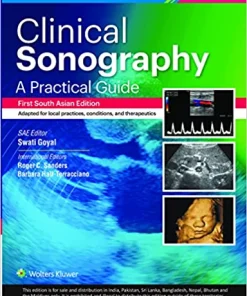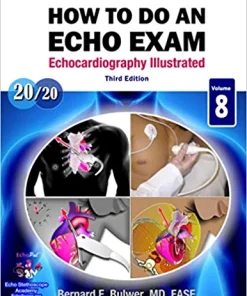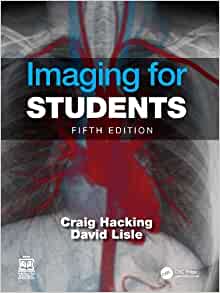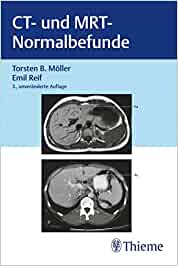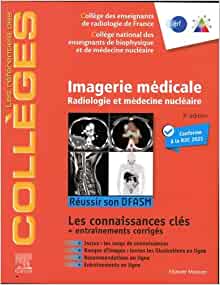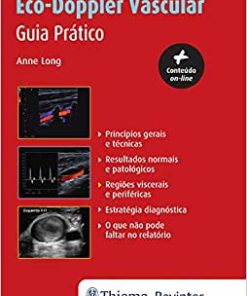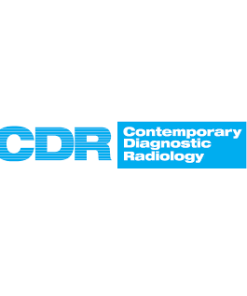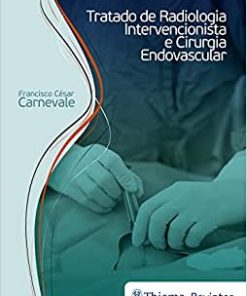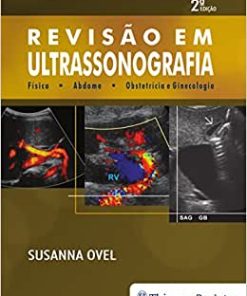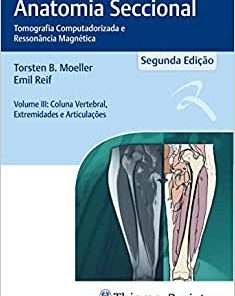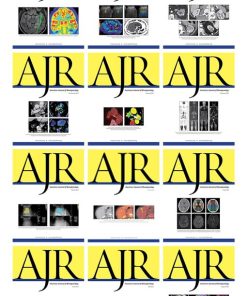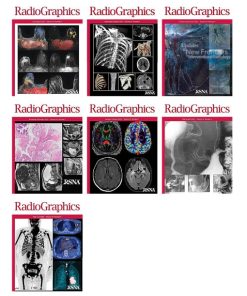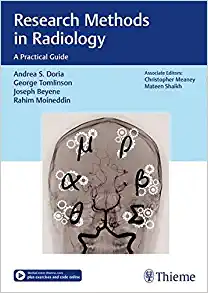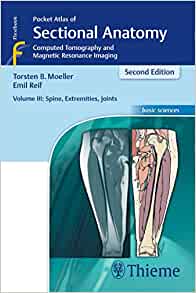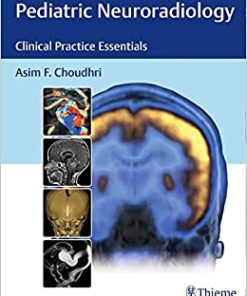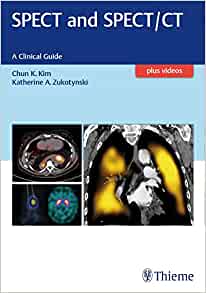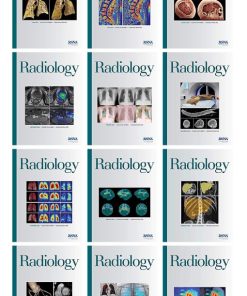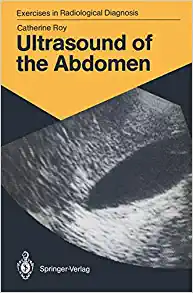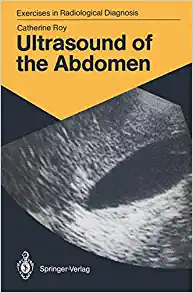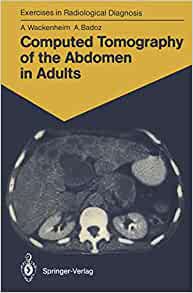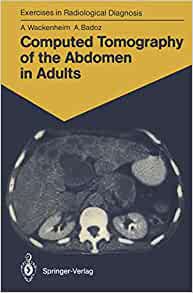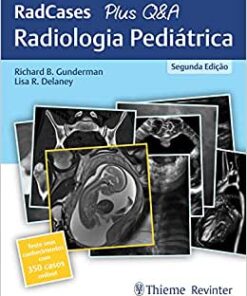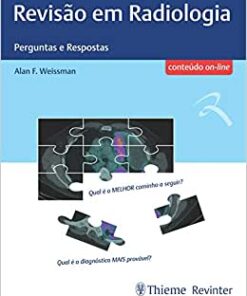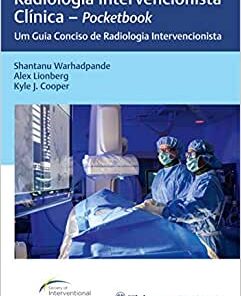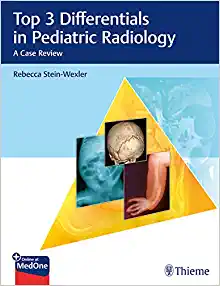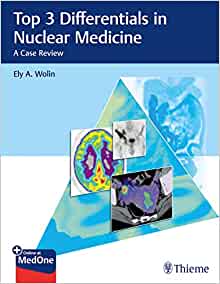Please log in to purchase this product.
ARRS Strategies to Overcome the Most Common Misses in Clinical Practice 2020
Please log in to view the price.
ARRS Strategies to Overcome the Most Common Misses in Clinical Practice 2020
ARRS Strategies to Overcome the Most Common Misses in Clinical Practice 2020
Full Video Course
Increasing expectations of clinical productivity also increase the potential for interpretive errors. Enhancing physicians’ abilities to assess and distinguish between common misses is essential for improving performance. This Online Course will discuss how to implement practice-based strategies for turning errors into opportunities in both acute and routine imaging settings. Spanning the spectrum from pediatrics to geriatrics, this Online Course not only reviews clinical cases, it also incorporates applied skills for overcoming misses utilizing advanced technology—all while leveraging the expertise of renowned radiology faculty from around the country.
Learning Outcomes and Modules
After completing this course, the learner should be able to:
– Formulate a process for peer learning
– Discuss the potential and limitations of artificial intelligence for enhancing radiologist performance
– Identify how the appropriate use of standardized reporting systems such as LI-RADS® and TI-RADS™ can improve performance and reduce errors
– Recognize common misses and misdiagnoses in each discipline in radiology
– Describe strategies that assist in improving diagnosis in adult and pediatric radiology
Topics And Speakers:
Module 1—Noninterpretive
* Why We Miss Things: The Science of Perception—Jesse Courtier, MD
* Transitioning from Peer Review to Peer Learning: A How-to Guide—Danny Kim, MD
Module 2—Neuroradiology
* DWI: How to Be Right When It’s Bright—Anthony Kuner, MD
* Posttreatment Brain Tumor Imaging: Adding Value and Improving Performance—Brent Weinberg, MD
* Understanding Errors in Head and Neck Radiology: Practical Observations and Potential for Improvement—Philip Chapman, MD
* Avoiding Pitfalls at the Skull Base—Luke Ledbetter, MD
Module 3—Musculoskeletal Imaging
* Diseases of the Spinal Cord: How to Avoid Misdiagnosis—Jennifer McCarty, MD
* Spine Procedures: Avoiding Misadventures—Jonathan Baker, MD
* Avoiding Pitfalls in Pediatric Spine Imaging—Mai-Lan Ho, MD
Module 4—Leveraging Data and Technology
* Improving Radiologist Performance with Artificial Intelligence—Michael Richardson, MD
* Machines Are Human Too: Limitations of Artificial Intelligence—Thomas O’Neill, MD
* From Data to Diagnosis: An Abdominal Imager’s Perspective—John Leyendecker, MD
* Quality Initiatives To Improve Patient Outcomes—Rekha Mody, MD
Module 5—Technique and Reporting
* Using PI-RADS to Improve Performance—Steven Eberhardt, MD
* Using TI-RADS™ to Improve Performance—David Fetzer, MD
* See More with Optimized Abdominal CT Protocols—Avinash Kambadakone-Ramesh, MD
Module 6—Body Imaging
* Things We Miss in the Urinary Tract—David Childs, MD
* Things We Miss or Misdiagnose in the Pancreas—Desiree Morgan, MD
* Things We Miss or Misdiagnose in the Gastrointestinal Tract—Benjamin Wildman-Tobriner, MD
Module 7—IR, ER, and Nuclear Medicine
* Coaching as a Strategy for Peer Learning in Interventional Radiology—Andrew Gunn, MD
* Neuroimaging—Michael Zapadka, MD
* Common Mistakes to Avoid in the ED: Body Imaging—Christina LeBedis, MD
* Common Errors in PET/CT Interpretation—Phillip Kuo, MD
Module 8—Women’s Imaging
* How to Avoid Breast Cancer Misses—Heather Greenwood, MD
* Challenges of Dense Breasts: Update on Supplemental Screening—Lilian Wang, MD
* Female Pelvic Masses: Tips to Avoid Misdiagnosis—Kimberly Shampain, MD
* Fetal MRI: Improving Diagnosis for Accurate Prenatal Counseling—Manjiri Dighe, MD
Module 9—Pediatric Imaging
* Nontraumatic Pediatric Chest Emergencies in Children: Lessons Learned—Apeksha Chaturvedi, MD
* Nontraumatic Pediatric Abdominal Emergencies: Keys to Diagnosis—Grace Phillips, MD
* Lumps and Bumps: Tips to Narrow Differential Diagnosis on Ultrasound of Extremities—Mahesh Thapa, MD
Related Products
Radiology Books
Targeted Cancer Imaging: Design and Synthesis of Nanoplatforms based on Tumor Biology (EPUB)
Radiology Books
Neuroimaging in Parkinson’s Disease and Related Disorders (Original PDF from Publisher)
Radiology Books
Radiology Books
Radiology Books
American journal of Neuroradiology 2023 Full Archives (True PDF)
Radiology Books
Radiology Books
Radiology Books
JFR Plus 2023 (JOURNÉES FRANCOPHONES DE RADIOLOGIE DIAGNOSTIQUE & INTERVENTIONNELLE) (Videos)
Radiology Books
JFR Plus 2022 (JOURNÉES FRANCOPHONES DE RADIOLOGIE DIAGNOSTIQUE & INTERVENTIONNELLE) (Videos)
Radiology Books
American Journal of Roentogelogy 2023 Full Archives (True PDF)
Radiology Books
Contemporary Diagnostic Radiology 2023 Full Archives (True PDF)
Radiology Books
Textbook of Radiology and Imaging, 2 Volume Set, 8th edition (azw3+ePub+Converted PDF)
Radiology Books
Radiology Books
Medical Image Analysis (The MICCAI Society book Series) (Original PDF from Publisher)
Radiology Books
Advances in Medical Imaging, Detection, and Diagnosis (EPUB)
Radiology Books
Radiology Neuroradiology: Board and Certification Review, 7th Edition (AZW3 + EPUB + Converted PDF)
ORTHOPAEDICS SURGERY
PLASTIC & RECONSTRUCTIVE SURGERY
The Aesthetic Society Nuances in Injectables The Next Beauty Frontier 2022
Radiology Books
Radiology Books
Critical Case Findings and Practice Management in the ED Online Course 2022 (CME VIDEOS)
Radiology Books
Radiology Books
Challenging Cases in Thoracic Imaging: Unknown Film Panel Session Online Course 2022 (CME VIDEOS)
Radiology Books
Radiology Books
Reading Cases with the Experts: An Interactive Session Online Course 2022 (CME VIDEOS)
Radiology Books
Tumor Imaging: CT Colonography Online Course 2022 (CME VIDEOS)
Radiology Books
Radiology Books
Radiology Books
Radiology Books
Radiology Books
Multimodality Imaging, Volume 1 (Original PDF from Publisher)
Radiology Books
Frontiers of Artificial Intelligence in Medical Imaging (Original PDF from Publisher)
Radiology Books
Radiology Books
Absolute Breast Imaging Review (Original PDF from Publisher)
Radiology Books
Fuzzy Sets Methods in Image Processing and Understanding (Original PDF from Publisher)
Radiology Books
Radiology Books
American journal of Neuroradiology 2022 Full Archives (True PDF)
Radiology Books
How to Read a Normal Scan : Brain CT (High Quality Image PDF)
Radiology Books
How to read a Normal Scan: Spine MRI (High Quality Image PDF)
Radiology Books
How to Read a Normal Scan : SPINE CT (High Quality Image PDF)
Radiology Books
Magnetic Resonance Imaging of The Pelvis: A Practical Approach (Original PDF from Publisher)
Radiology Books
Radiology Books
Fuzzy Sets Methods in Image Processing and Understanding (EPUB)
Radiology Books
Radiology Books
Radiology Books
Radiology Books
Ultrasound Guided Vascular Access: Practical Solutions to Bedside Clinical Challenges (EPUB)
Radiology Books
Radiology Books
Workbook for Textbook of Diagnostic Sonography, 9th Edition (Original PDF from Publisher)
Radiology Books
Radiology Books
Radiology Books
How to Do An Echo Exam: Third Edition (Echocardiography Illustrated) (Original PDF from Publisher)
Radiology Books
Imaging for Students, 5th Edition (Original PDF from Publisher)
Radiology Books
Radiology Books
Radiology Books
Eco-Doppler Vascular: Guia Prático (Original PDF from Publisher)
Radiology Books
Contemporary Diagnostic Radiology 2021 Full Archives (True PDF)
Radiology Books
Radiology Books
Radiology Books
American Journal of Roentogelogy 2022 Full Archives (True PDF)
Radiology Books
Radiology Books
Radiology Books
Radiology Books
Radiology Books
Radiology Books
Radiology Books
Radiology Books
Radiology Books
Top 3 Differentials in Pediatric Radiology: A Case Review (EPUB)
Radiology Books
Top 3 Differentials in Nuclear Medicine: A Case Review (EPUB)

